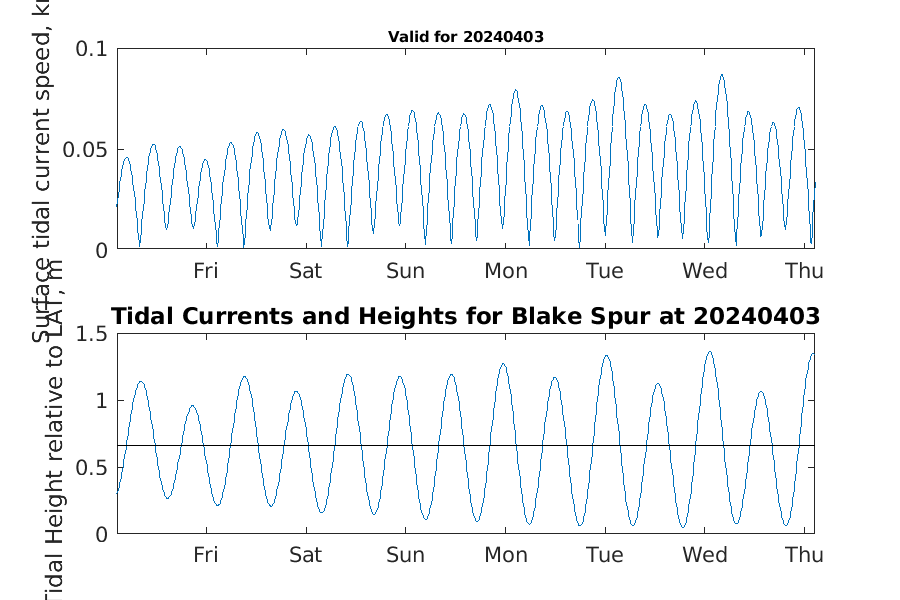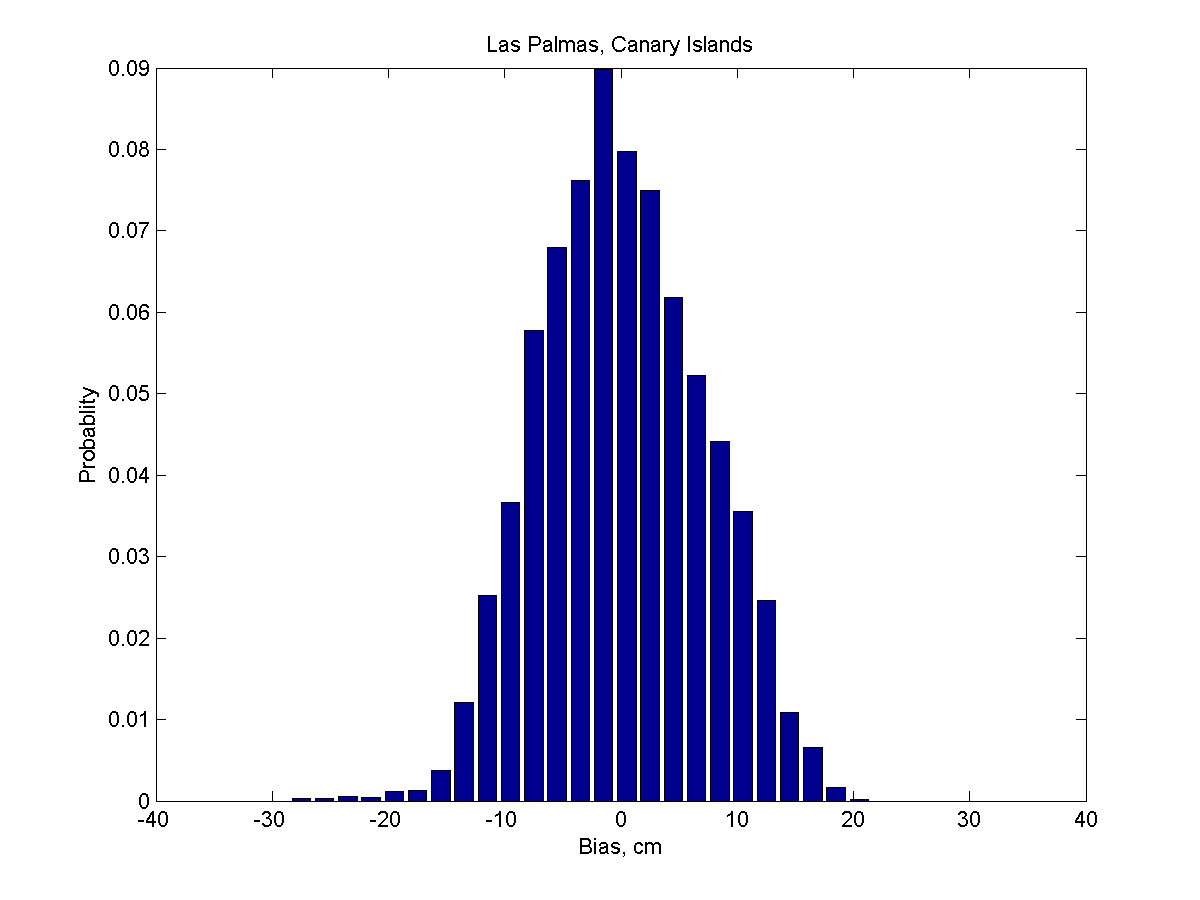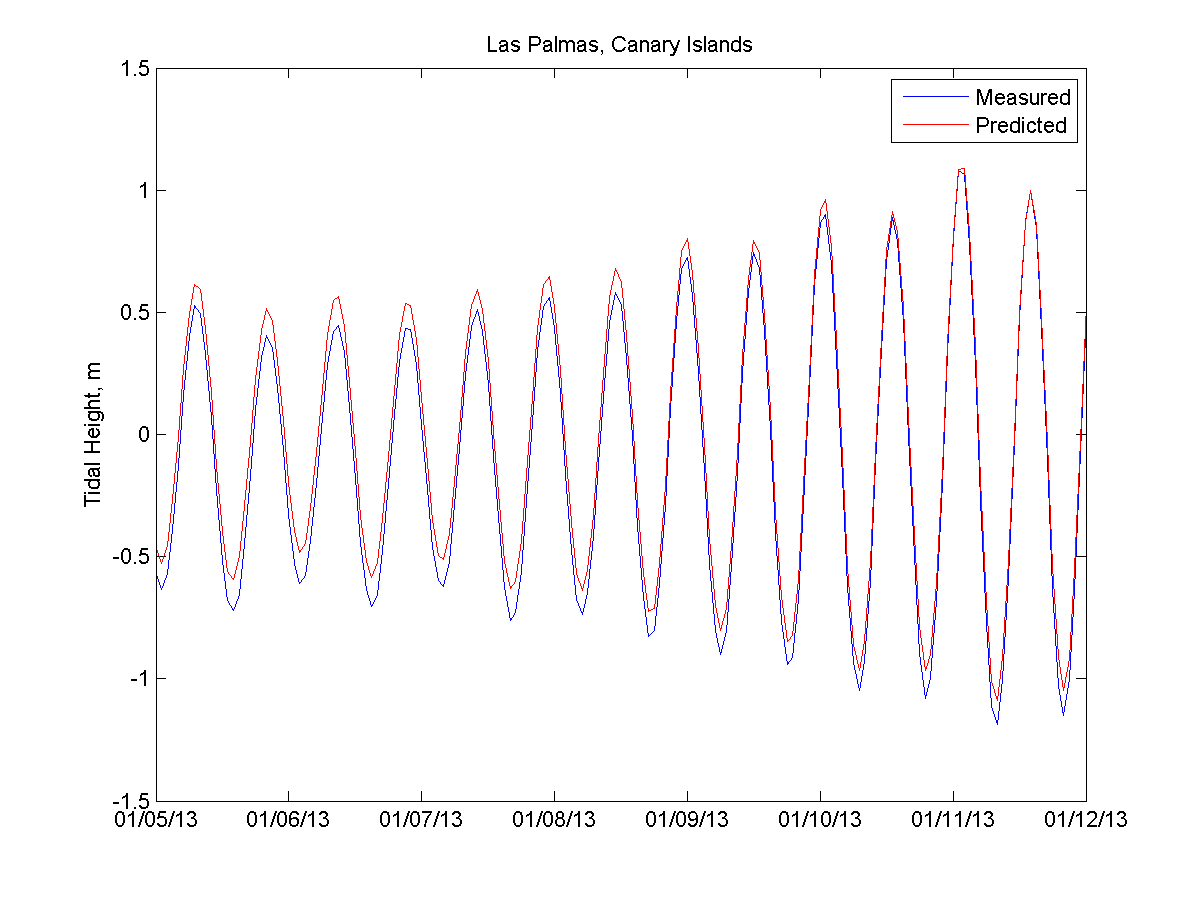Ocean Forecast – Tides
The sea level tidal height variations and transports are generated with the OSU TXPO Tide Models. TXPO is a series of fully global models of ocean tides, which best fits, in a least squares sense, the Laplace Tidal Equations and satellite altimetry data.

The OSU Topex Poseidon Tidal Inverse Model (volkov.oce.orst.edu/tides/global.html) is a global model of ocean tides which best-fits, in a least-squares sense, the Laplace Tidal Equations and along track averaged data from TOPEX/Poseidon and Jason (on TOPEX/POSEIDON tracks since 2002). The methods used to compute the model are described in detail by Egbert, Bennett, and Foreman, 1994 and further by Egbert and Erofeeva, 2002.
The tides are provided as complex amplitudes of earth-relative sea-surface elevation for eight primary (M2, S2, N2, K2, K1, O1, P1, Q1), two long period (Mf, Mm) and 3 non-linear (M4, MS4, MN4) harmonic constituents, on a 1440×721, 1/4 degree resolution full global grid. It is a simple matter to adjust the tides to Lowest Astronomical Tide (LAT). It is a two-step process where the earth loading tides are first computed and then added to the sea surface elevations.


The histogram of the bias between measured and predicted tidal height for all of 2013 is shown in the figure to the left The mean bias is -1.0 cm, i.e., the predicted tides tend to be slightly higher than the measured, and 95% of the bias’ magnitude is less than 15 cm.
The OSU tidal model is extremely accurate. Comparisons to other locations where tidal measuring station data are available show the same excellent comparison.
©Deep Blue Analysis LLC, 2020 - 2024
